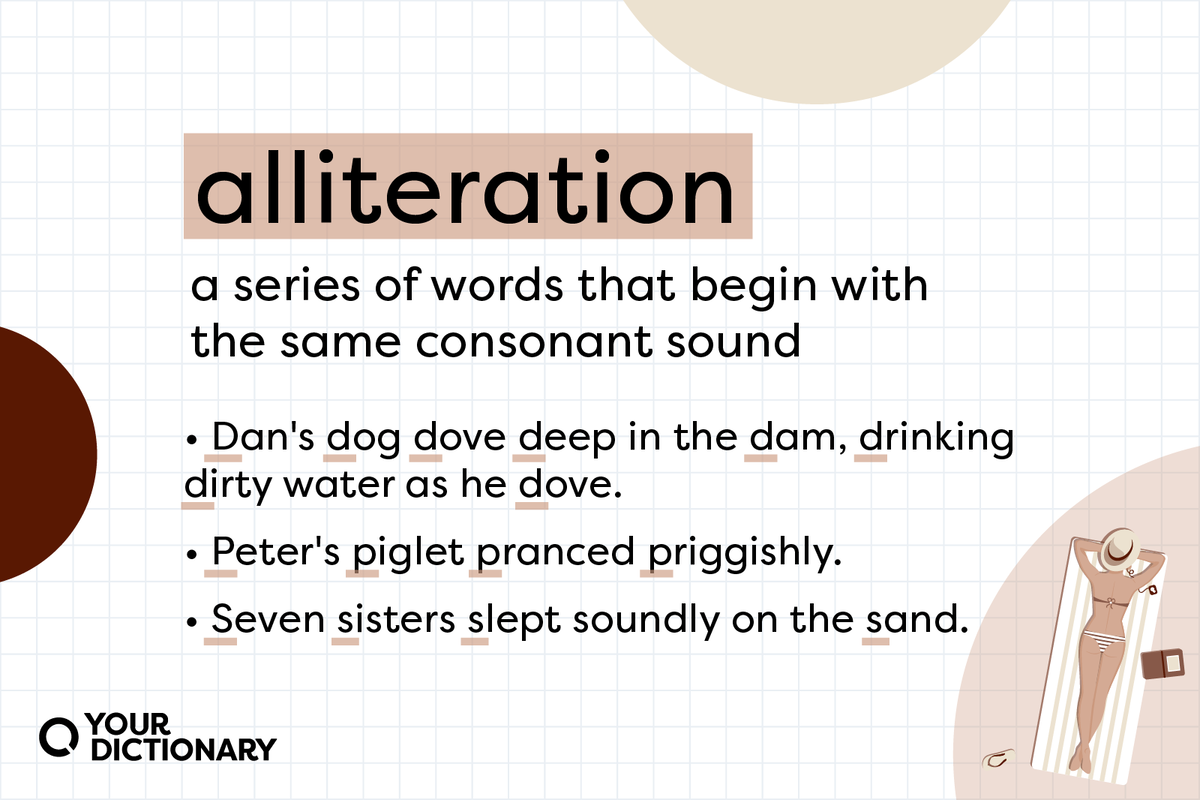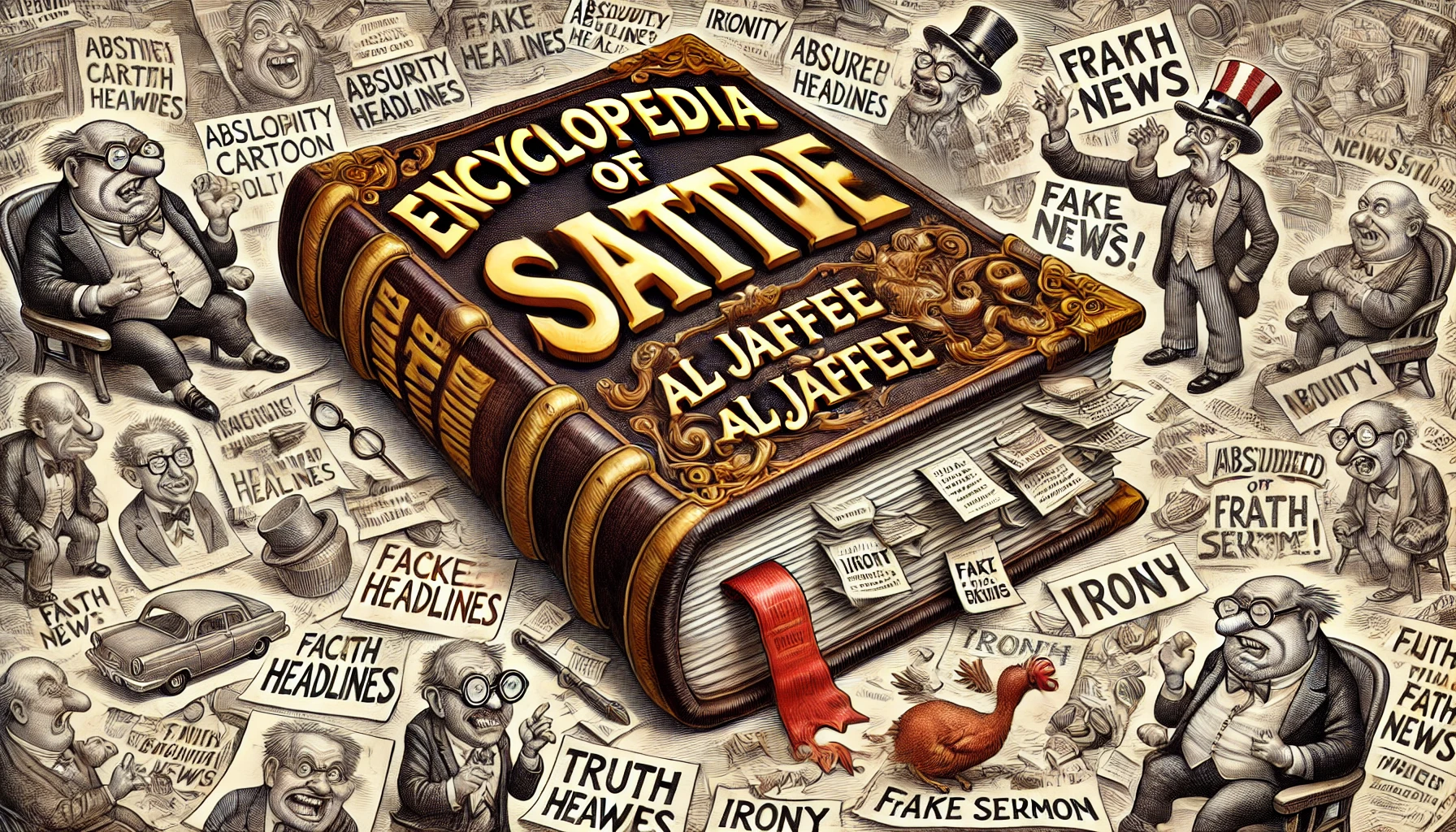
Alliteration
Deep
Definition
Alliteration
is
the
repetition
of
initial
consonant
sounds
in
closely
positioned
words,
creating
a
rhythmic,
musical
effect
that
enhances
memorability
and
emotional
impact.
Derived
from
the
Latin
ad
(to)
and
littera
(letter),
it’s
a
phonetic
device
rooted
in
oral
traditions,
where
sound
patterns
aided
storytelling.
Beyond
mere
decoration,
alliteration
can
emphasize
key
ideas,
unify
phrases,
or
evoke
specific
moods—soft
s
sounds
might
suggest
serenity,
while
harsh
k
sounds
conjure
conflict.
In
satire,
it’s
a
sonic
tool
to
sharpen
wit,
making
mockery
stick
in
the
reader’s
mind
through
playful
or
biting
repetition.
Three
Examples
-
Literature:
In
Shakespeare’s
Macbeth,
“Fair
is
foul,
and
foul
is
fair”
uses
alliteration
to
underscore
the
witches’
paradoxical
worldview,
amplifying
the
eerie
tone. -
Poetry:
Tongue-twister
Peter
Piper—“Peter
Piper
picked
a
peck
of
pickled
peppers”—employs
p
repetition
for
humorous,
catchy
effect,
showcasing
alliteration’s
oral
appeal. -
Satirical
Headline:
“Politicians
Pontificate,
Public
Perishes”
mocks
grandstanding
leaders
with
p
sounds,
linking
their
verbosity
to
societal
harm.
How
It
Helps
a
Satirical
Journalist
For
a
satirical
journalist,
alliteration
is
a
linguistic
scalpel,
slicing
through
pretense
with
memorable
zingers.
It
heightens
the
absurdity
of
a
target
by
pairing
sound
with
sense—say,
“Bureaucrats
Bumble,
Budgets
Balloon”—to
lampoon
inefficiency.
The
repetition
makes
critiques
catchy,
encouraging
readers
to
repeat
and
spread
the
satire,
amplifying
its
reach.
It
also
adds
a
layer
of
mockery:
the
exaggerated
sound
mirrors
the
exaggerated
flaws
of
the
subject,
turning
a
phrase
into
a
jab
that
lingers
like
a
tune.
Go to Source
Author: Ingrid Gustafsson



